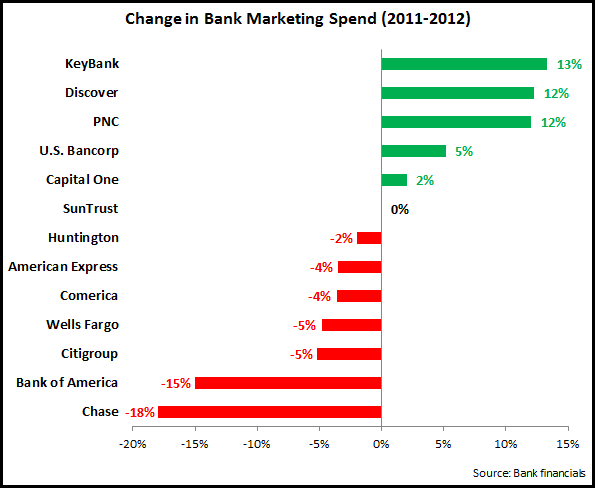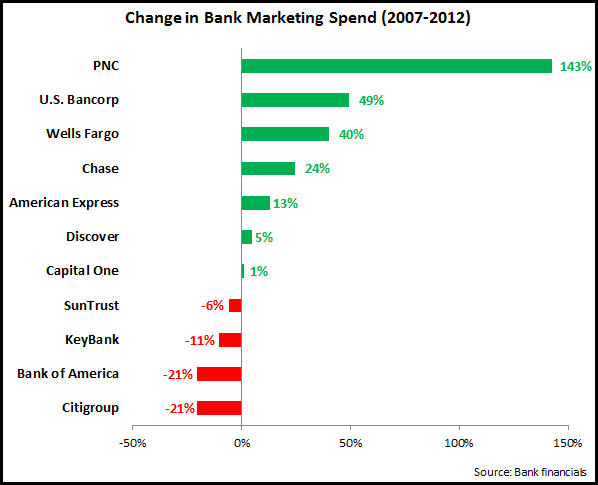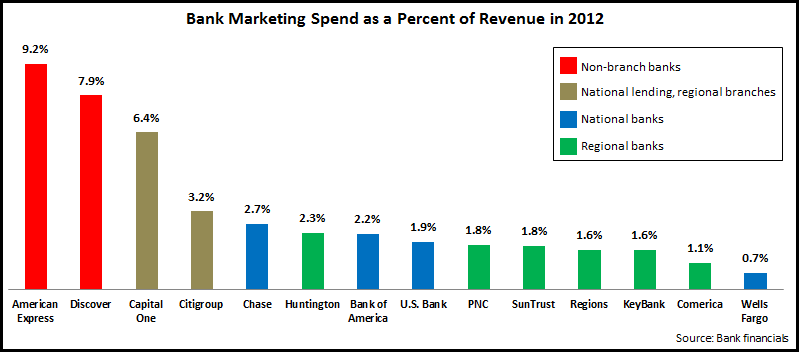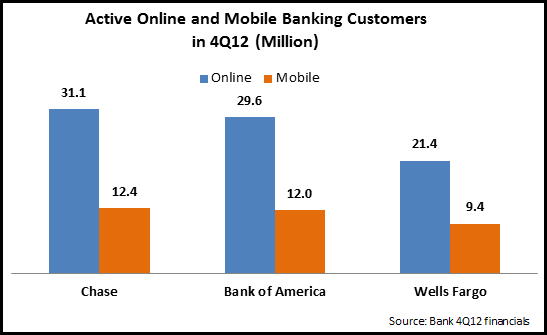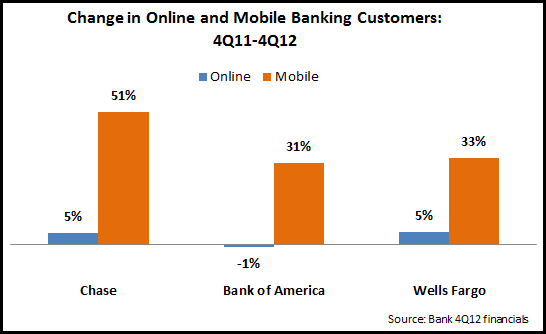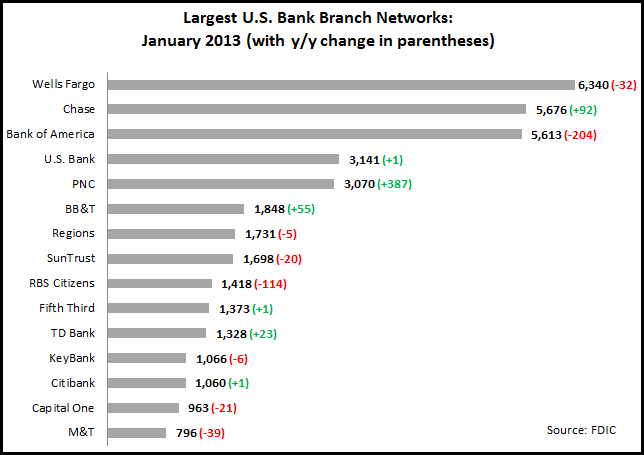For decades, bank marketers have all but ignored their commercial banking segment. A few print ads, the occasional golf sponsorship and one or more expensive brochures were the familiar marketing program. But as commercial banking has taken on a lead role in delivering profitable growth in the new normal post-recession, marketers are recognizing the importance—and the complexity—of supporting commercial sales acceleration.
EMI has identified best practices from 5 banks in the vanguard with Commercial Marketing:
- Content Marketing that matters: PNC
A rich and dynamic content portal featuring a broad and deep array of publications, from Treasury-focused profiles of 32 countries to fast-read, unique perspectives and an active blog….all put PNC at the top of Commercial Bank Marketing. Love their editorial focus. Topics like “The Evolution of the Strategic Treasurer” and “Fortifying Your Financial Future in Turbulent Times” are compelling, and the content is not hackneyed. Video reinforces—although the executive “talking heads” get a bit tired. - Video Case Studies you’ll want to watch: UMB
“Our customers inspire us” is the hook that draws you into regional player UMB’s non-promotional stories. These videos take the viewer on walks through real client businesses and clearly demonstrate that UMB knows these clients the way you’d want your banker to know you.
An entrepreneur who bets everything to make the best craft beer and is now in the top 20 brewers in the nation. UMB customer since 1991. A 100-year old flour mill—one of the last independent mills in the US—that’s tripled its capacity and differentiated its brand enough to charge a premium price…with flour. UMB customer since 1981. Don’t those stories make you want to look? UMB Real Customer Stories.
And take note: these do not promote bank products. The bank isn’t even mentioned until the last screen. It’s enough. It works. - Printed case studies that tell a story: BBVA Compass
Anyone who’s ever tried to create a series of commercial case studies in any industry knows how hard it is. Find a good story. Get the relationship owner to let you talk to the client. Get the client to want to talk to you. Get the client to agree to tell their story and endorse your bank—even implicitly—in public. Then make the story interesting and demonstrate the bank’s role in creating success…while telling the truth. Then do this 14 times across industries as diverse as recyclable waste management and pulmonary critical care. BBVA Compass engages you with a Q&A format to tell the story, but makes the bank-specific points it needs to make. Consistent formats and easy search tools support both push and pull applications. - Making content easy to find, while demonstrating depth: BMO Harris
Like other major business banks, BMO Harris has created a Resource Center, the now-familiar nomenclature for the bank’s portal of thought leadership, and new euphemism for “stuff you should be interested in that isn’t directly selling our products but should impress you enough to work with us.” The customary list of materials—client success stories, webinars, research, white papers, insights—is there, but is easy to search with a well-designed interface that allows an industry, topic or author lens. The RSS feed option is unusual in banking. And BMO Harris must pay a pretty penny for the outside content from Forbes and the Wall Street Journal—although these publishers keep it current. - Actually figuring out how to use social in Commercial: Big & small brands
Retail banks are starting to establish best practices in social customer service, but marketing ROI has yet to be proven. And the value of #socialmedia in commercial banking is yet to be explored. Great thing about social is that size doesn’t forecast success. Take @AssociatedBiz—at <$25billion in assets based in Green Bay, Wisconsin: nearly 600 tweets …and already a clear voice, consistent frequency, and relevant content—from managing healthcare costs to security tips—balanced with promotional messaging on vertical specialties and cash management capabilities . Other end of the spectrum is @jpmorganTS, new to the twittersphere, but already at 1650+ tweets. Strong content ranges from export financing in Asia to managing regulatory burdens. Strong integration
Commercial banking deserves great marketing. Come back for best practices in 1:1 marketing that can drive C&I growth and profits.
